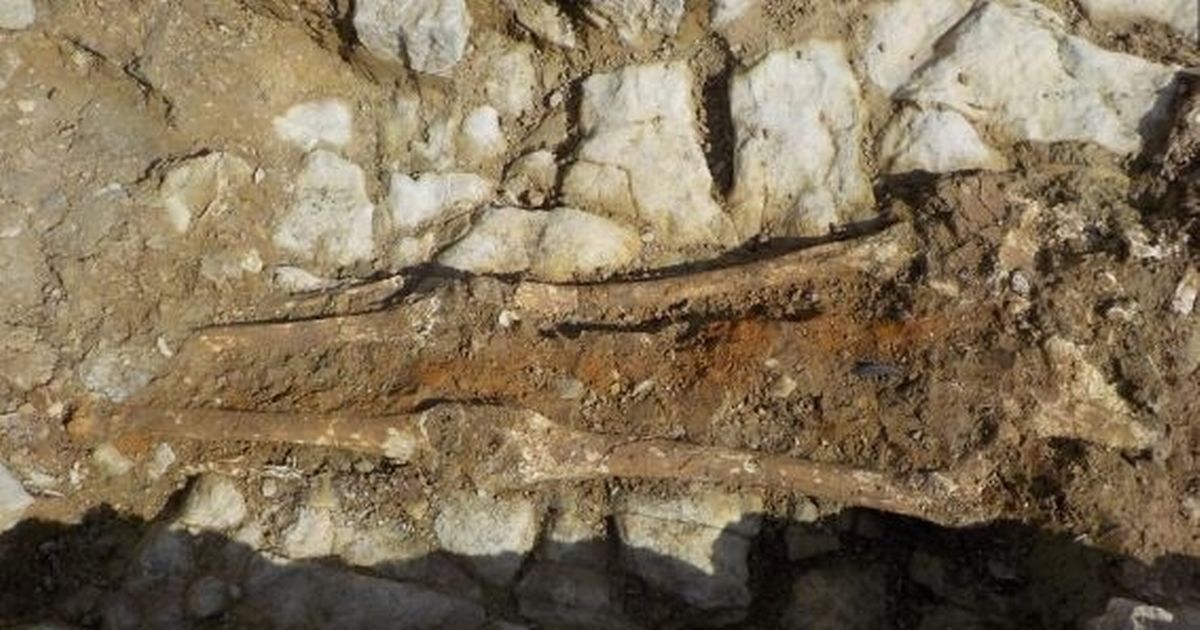CNN
Rocks, cliffs, muddy sediment. These natural features may not be that exciting to look at for some of us, but for geologists they bristle with meaning.
The story they tell is our planet’s history, chronicling how continents, mountain ranges and oceans formed and glaciers spread and receded. Fossils embedded in rock reveal intriguing details about animals, plants and other life-forms that once called Earth home.
If humans went extinct, what trace would we leave in the geological record? An announcement this week suggests that humanity has already made an indelible impact and one that warrants a new chapter in Earth’s history.
Consequences
Crawford Lake in Ontario is the geological site that best reflects a new epoch recognizing the impact of human activity on Earth, said geologists of the Anthropocene Working Group.
Scientists say they’ve identified a site that marks the birthplace of the Anthropocene — a new geological epoch that captures how profoundly humans have altered the world.
The Anthropocene Working Group determined in 2016 that the epoch began around 1950 — the start of the era of nuclear testing.
The international research group says that Crawford Lake in Ontario best charts humanity’s impact on Earth. Sediment cored from the lake bed showed geochemical traces of nuclear bomb tests, specifically radioactive plutonium.
However, not everyone agrees the Anthropocene is a geological reality — or that researchers have enough evidence to formally declare it a new epoch.
Solar update
Over the course of an 11-year solar cycle, the sun transitions from a calm period to one that is very intense and active. Cool, dark sunspots on the sun’s surface increase in number, causing solar flares and mass ejections of plasma.
The peak of the current solar cycle was forecast to take place in July 2025. However, our star is growing increasingly active. Scientists now think the solar maximum, or the peak of solar activity, is more likely to occur in mid-to-late 2024.
What does that mean for us on Earth? On the upside, it means that the auroras that dance around Earth’s poles will be visible in more places.


